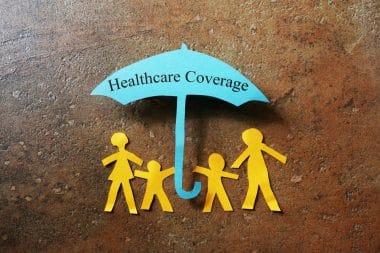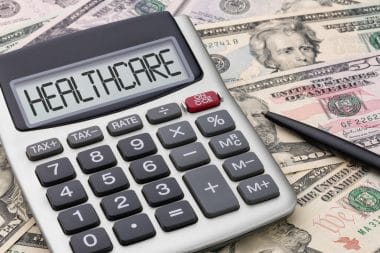Unlike many countries, the United States does not provide its citizens with a uniform health insurance system. Instead, their health safety depends on their insurance coverage. A serious illness can ruin an American resident financially, and a single complicated procedure can devour their life savings. That is why having health insurance is so important.
The USA’s level of medical care is very high – hospitals are well-equipped, American doctors are known for their excellent research, which is why they often win Nobel prizes. However, this quality costs money, a lot of money. In the US, health care is a large, entirely market-based business. Insurance companies and health care facilities operate to provide income to their shareholders.
A US resident usually obtains health insurance through an employer as an employee benefit. The form of insurance is often a determining factor in choosing a job. Employees in large companies are in a privileged position. The cost of one person’s illness is spread over many employees, and the insurance company does not raise its contributions.
People working in small establishments or on their own have to take care of their insurance by themselves. It is very expensive, and its cost increases year by year, especially when it comes to patients with chronic diseases like CRPS type 1 or diabetes.
This article will show you why healthcare is so expensive in the US. What conditions, political decisions, and changes in Americans’ lifestyles contributed to this.
Healthcare as the Industry
In 1960, healthcare costs in the United States were around $27,2 billion, which amounted to about 5% of gross domestic product (GDP). Now, this number equals 18% of GDP and makes healthcare one of the biggest industries in the country. Interestingly, healthcare costs grow faster than the average annual income.
In the United States, health care is reserved for rich people. Others feel excluded. Today, those with the lowest incomes, instead of enjoying state-guaranteed assistance, have more concerns than ever.
Medicare and Medicaid
When talking about healthcare in the United States, it is impossible not to think why is the cost increasing so quickly. Perhaps this is because healthcare here is simply better than in other countries? Not necessarily.
In 1965, President Lyndon Johnson signed an amendment to the Social Security Act, establishing Medicare and Medicaid. Medicare is a social insurance for people over 65 and people with disabilities. The elderly were then removed from the pool of private insurance, and their treatment (so of those who are most at risk of falling ill) was entrusted to taxpayers. Medicaid is a type of insurance for deprived people and low-income families.
From 1965 to 1980, medicare costs increased as demand for health services increased, and medical facilities, knowing they would be refunded, expanded the services to meet this demand. Patients took advantage of it because they did not have to pay for it directly. Then politicians began to look for a way to reduce costs somehow, with no apparent effect.
Economics in a Hospital
There were various ideas on limiting the use of the system by citizens who had an excessive number of doctor’s appointments. Previously, doctors billed patients through the Medicare system. After a time, it started to be abused, and, to limit that practice, a so-called diagnosis-related group (DRG) was introduced.
Then the price for specific diseases was determined in advance. From an economic point of view, it was a price control system, and maximum pricing often leads to scarcity. Indeed, the share of hospital services has decreased, and outpatient services have increased. This led to further price increases by doctors as they could regulate non-hospital values in a much more flexible way.
The Problem of Rising Costs
Unfortunately, new regulations such as the Affordable Care Act (Obamacare) did not combat the problem but provided new bumps. A temporary slowdown in price growth was achieved, but this insurance reform, signed in March 2010, did not remove the problem.
The individual insurance market has been the one most modified by Obamacare. The ACA has resulted in a significant reduction in the number of uninsured people in the US. According to a report by the Centers for Disease Control and Prevention (CDC), the number of uninsured people fell from 16.0% in 2010 to 9.1% in 2015.
This can be viewed in terms of success, but at the same time, a large number of people were forced to participate in this ineffective and costly system by introducing additional fees. The ACA imposed an extra tax on individuals and households who decide not to take out insurance.
Conclusion
Medical care in the United States is terribly expensive, which discourages many people from living in a country where the cost of being sick is so frighteningly high. Numerous amendments to laws and new regulations have brought no noticeable changes that Americans would see in their wallets. Most changes were made at the expense of others and not for the benefit of all.
As you can see, the increase in the US medical treatment cost was a long process caused by government policies and lifestyle changes. In addition to political juggling, attention should be paid to Americans’ lifestyles who are increasingly suffering from chronic diseases such as diabetes. Such ailments are challenging to treat and expensive.
©Paula Sieracka








Reply